Elections 2020


The Investigative Reporting Program at Berkeley Journalism created a virtual newsroom involving dozens of students and a staff of professional editors to cover the election. As part of this project, the IRP formed a unique partnership with CalMatters, the preeminent news outlet for California politics and policy, that gave students the opportunity to scrutinize the integrity of this unprecedented election in California. This partnership was part of a historic national collaboration of journalists, called Votebeat, that provided in-depth coverage about how well our election systems and processes functioned. Students also contributed vital election coverage to KQED, the largest public radio station in California.
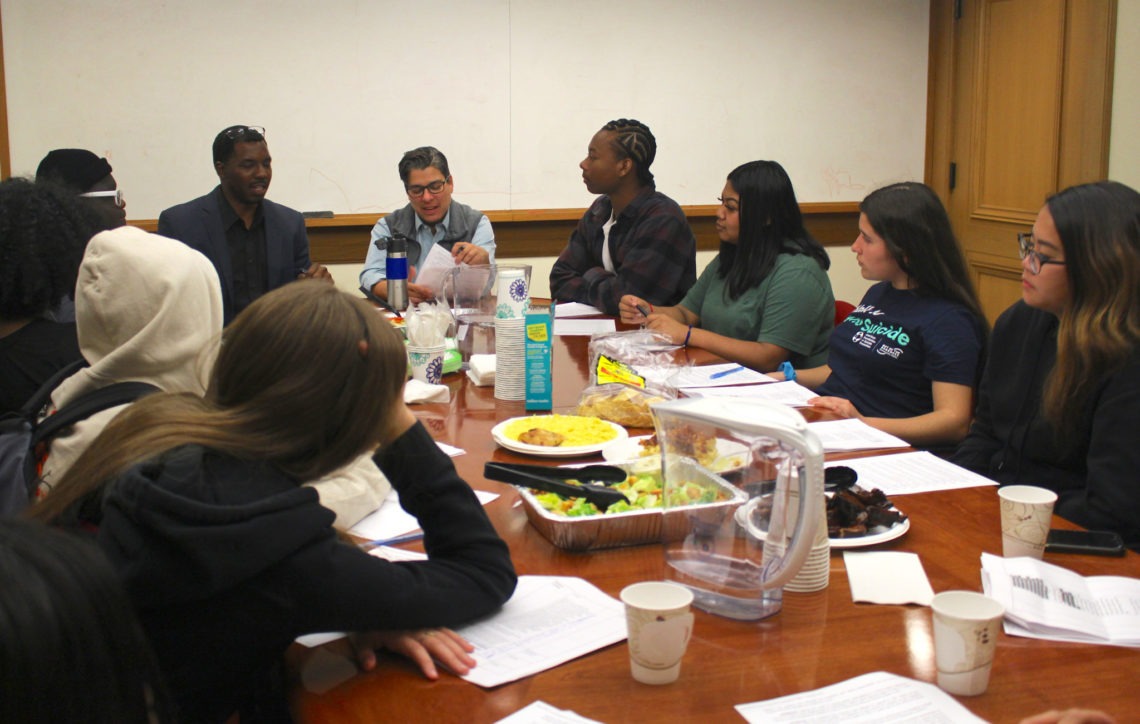
Why did Oakland’s Measure QQ fare so much better than other youth vote propositions in California?
Elena Neale-Sacks ('22) breaks down why Measure QQ passed when other youth voting measures failed.

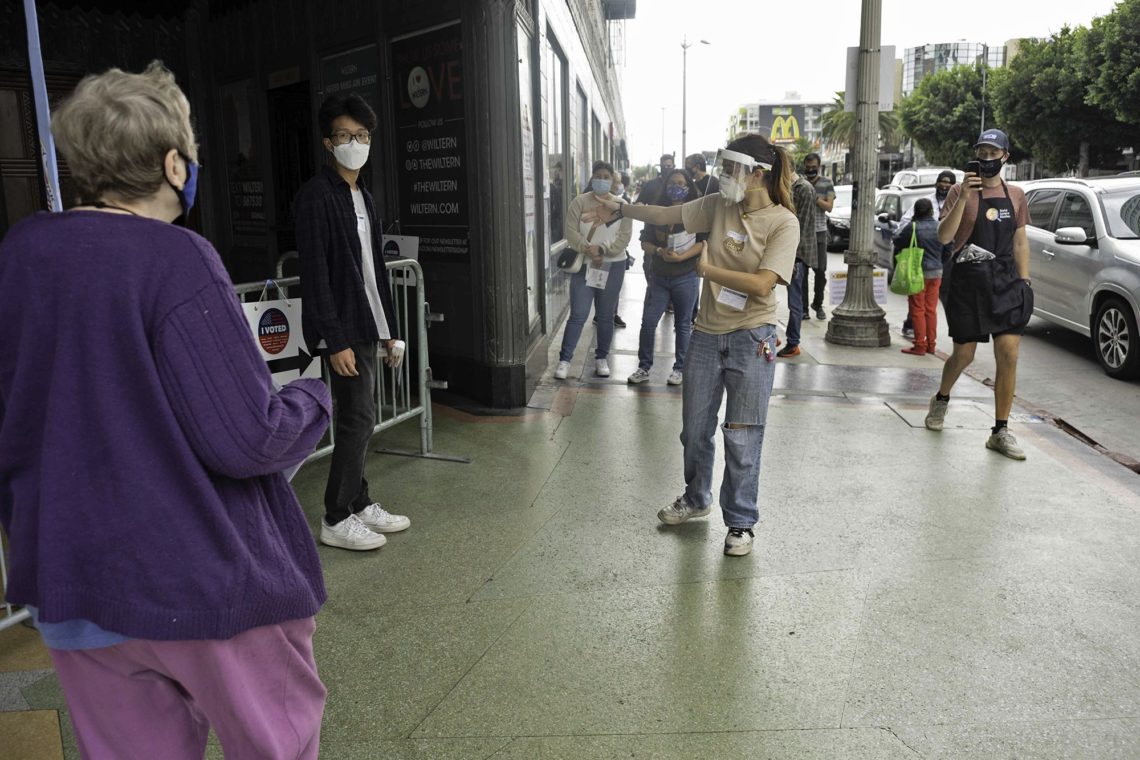
In LA, smooth voting (so far) after primary stumbles
Elena Neale-Sacks ('22) reports on in-person voting and preparing for potential protests in Los Angeles.

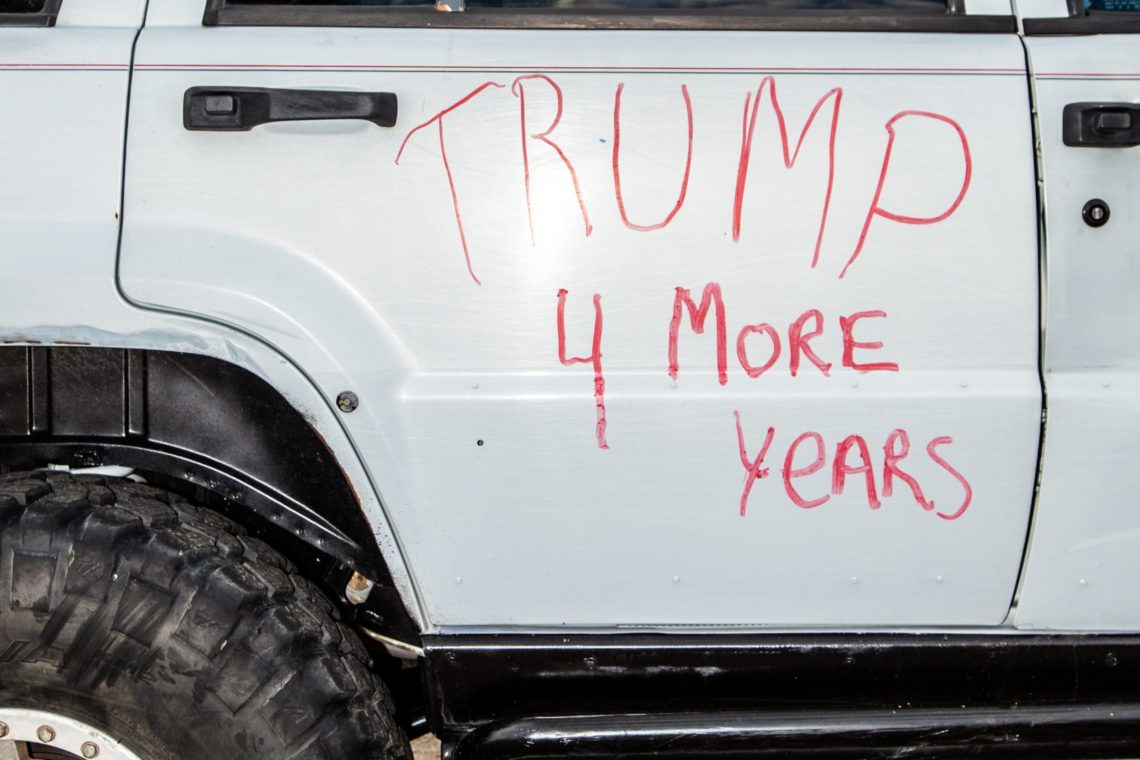
California facing a “moderate” risk from right-wing militias
Nahima Shaffer ('22) reports on the threat level of disruptions by right-wing militias around Election Day.

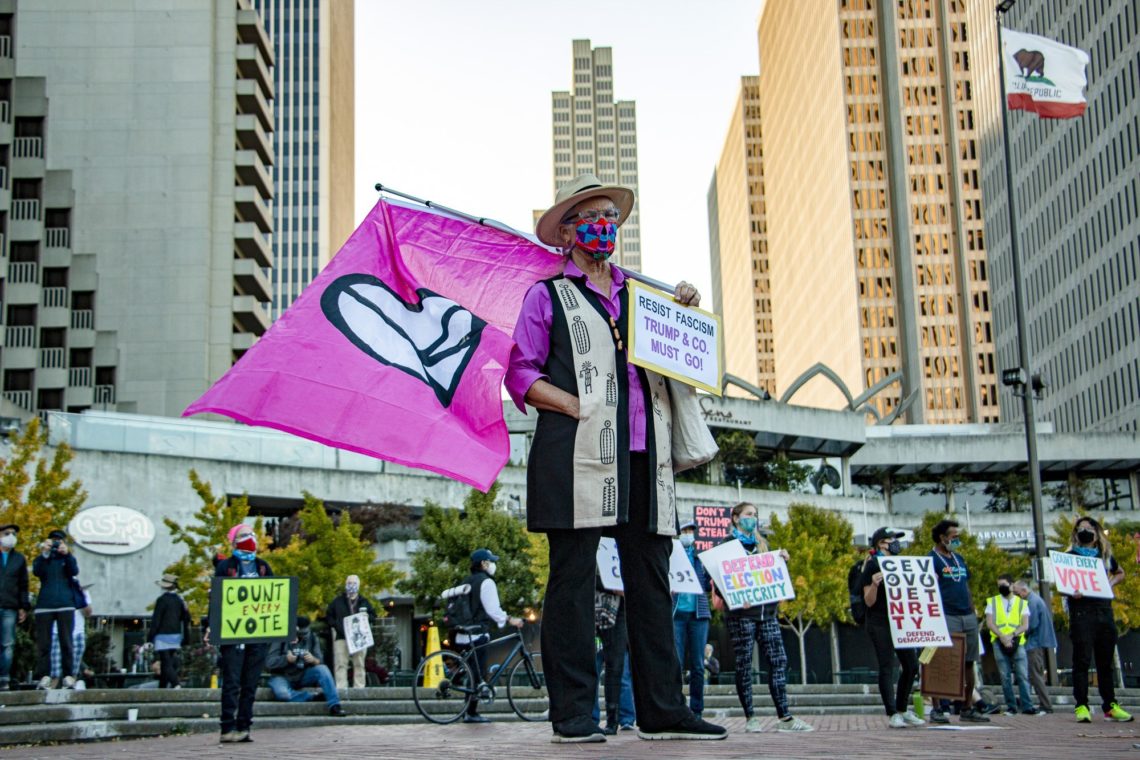
In the Bay Area, hope and anxiety
Brian Howey and Steve Rascón ('22) report on the gloom and anxiety of post-election limbo.

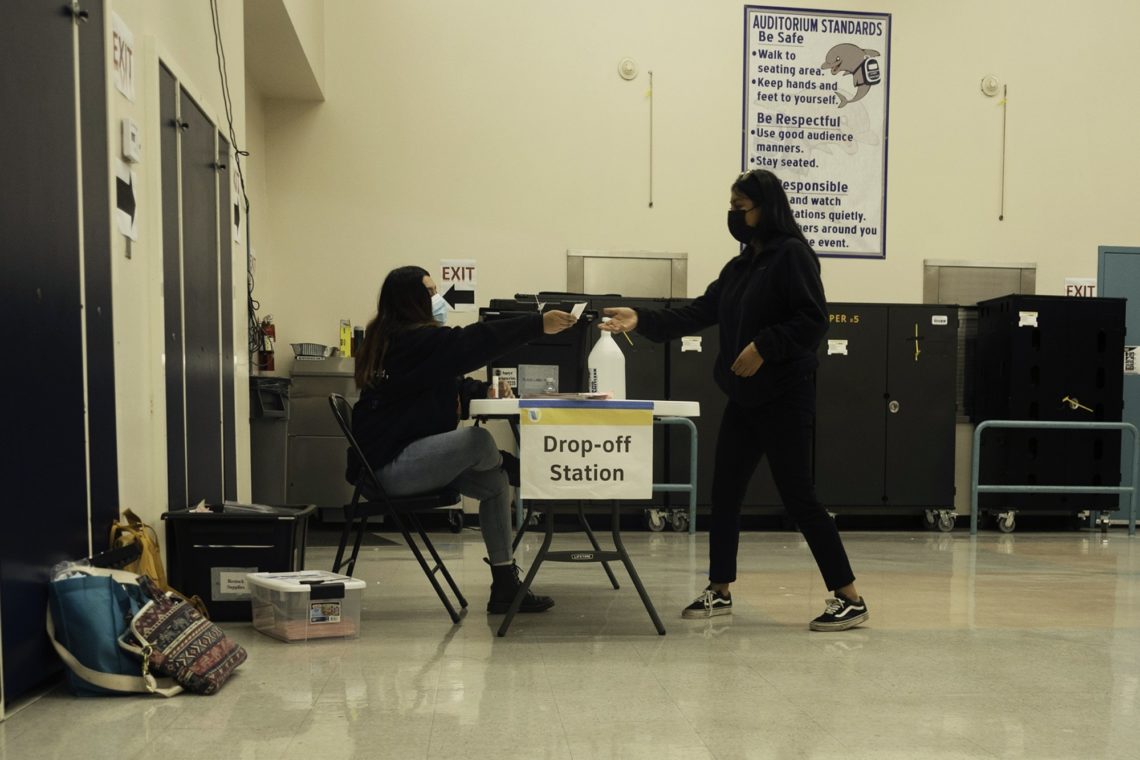
Voting at 17? Not so fast
Elena Neale-Sacks ('22) explains the failure of Proposition 18, despite high-profile support and funding.

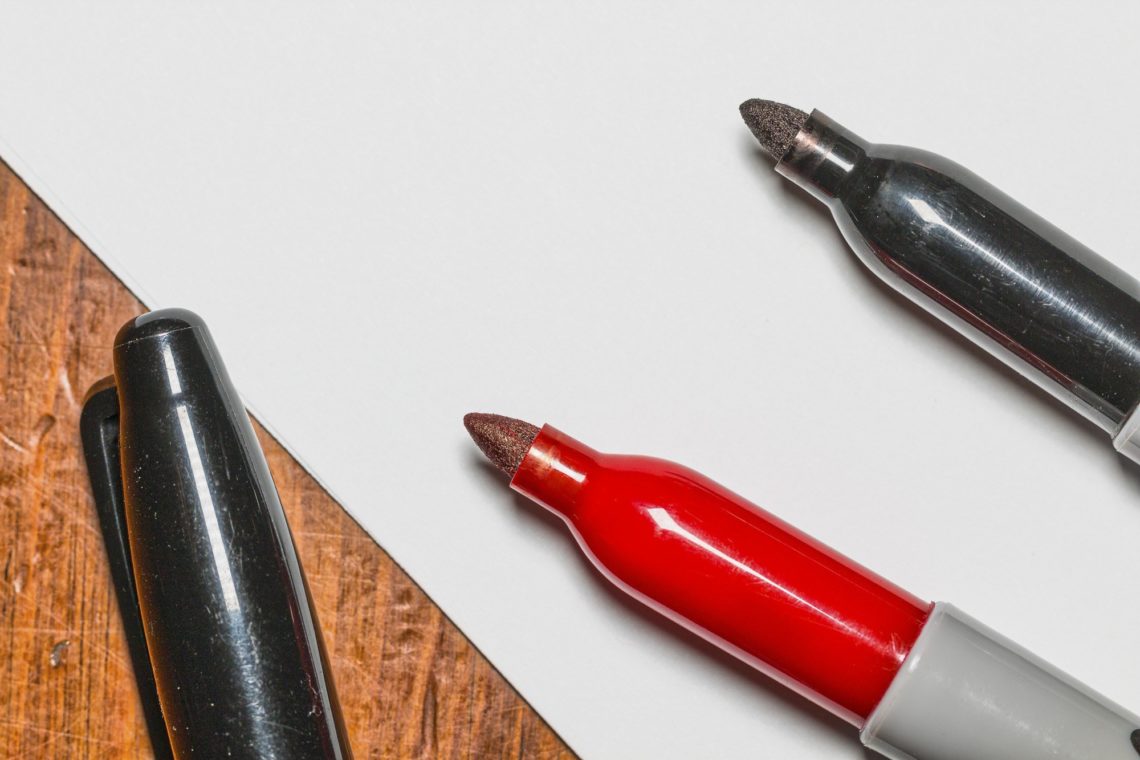
A debunked theory fuels a Trump lawsuit
Steven Rascón ('22) reports on #sharpiegate and how the conspiracy theory spread in California.


As Election Day neared, conflict in Bakersfield between Trump and BLM groups intensified
Freddy Brewster, Dereka Bennett and Injeong Kim ('22) report on a running conflict in Bakersfield, CA between a pro-Trump group calling themselves 1776 Patriots, and BLM protesters.


A free ride, and a chance to vote
Eliza Partika ('22) reports on free bus service from Vallejo and Benicia to polling stations in Solano County.

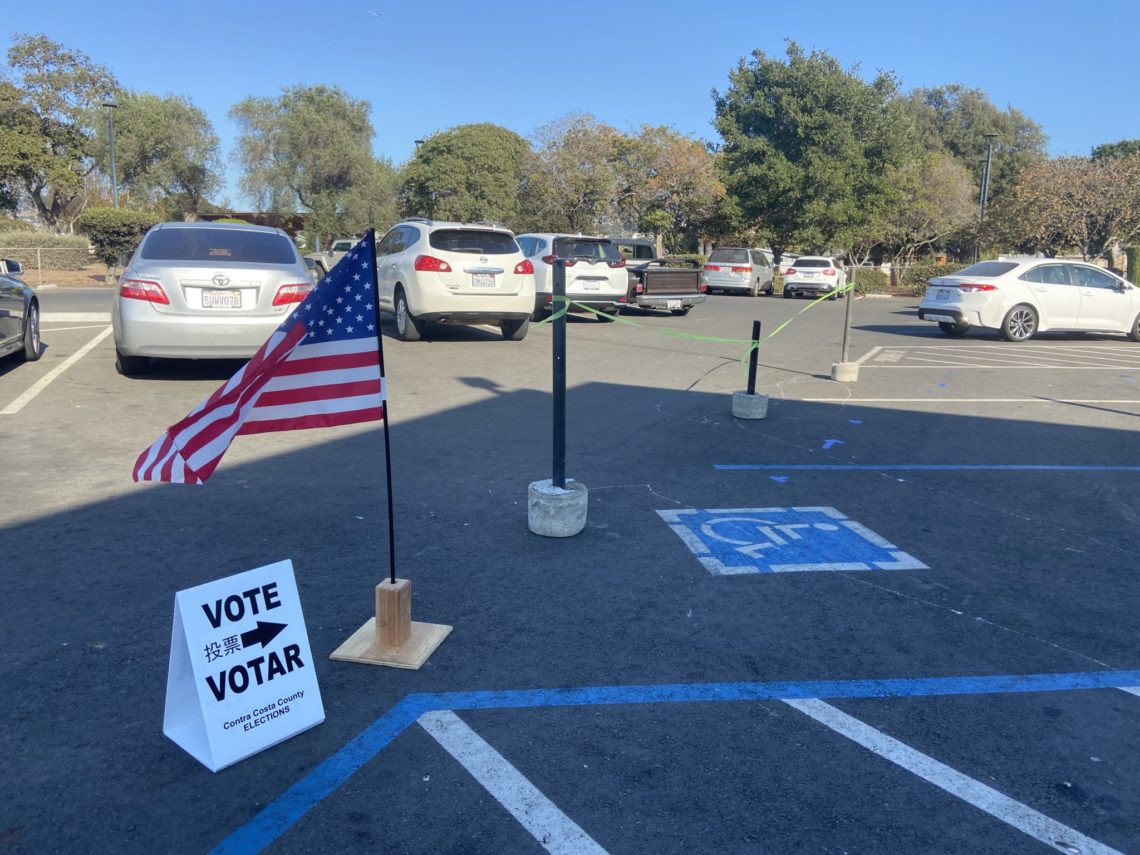
Business and government leaders divided on Measure U
Joey Horan and Ande Richards ('22) report on Measure U which would change flat-rate, per-employee payroll fees to percentage of gross receipts.

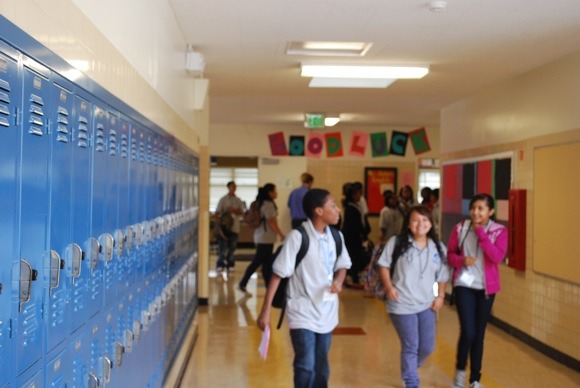
Ballot measure could increase OUSD teacher diversity, draw legal challenges
Ari Sen ('22) reports on Proposition 16 which would repeal state’s existing law and allow for preference to be given to members of a certain sex or racial group in public employment, contracting and K12 and higher education.

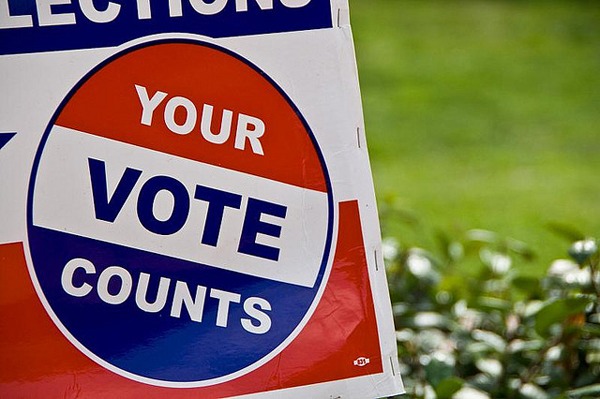
Oakland voters weigh in on rent control
Qinghui Kong ('22) reports on Proposition 21, which would allow cities to set and manage rent control provisions.

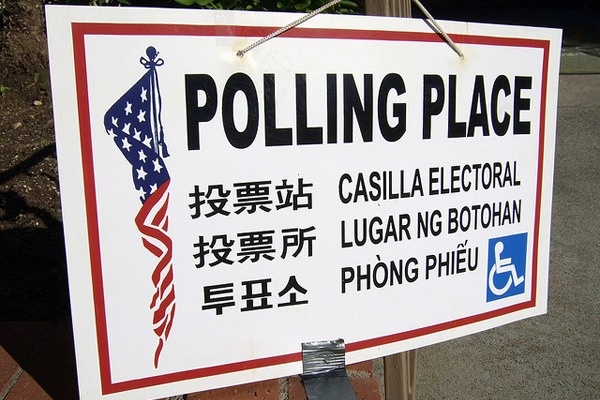
California leads the nation in QAnon-supporting congressional candidates
Dylan Svoboda ('22) reports on the five QAnon-supporting candidates who are on the ballot in California.

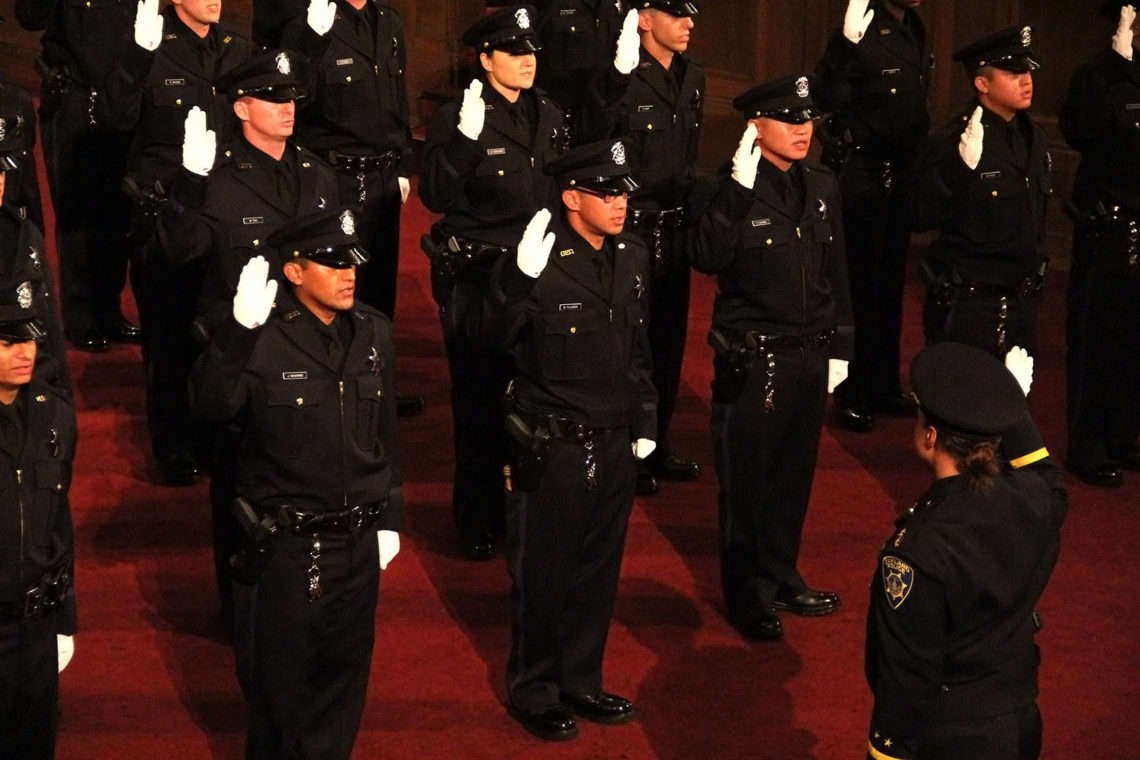
Oakland to vote on stronger police oversight
Noah Baustin ('22) reports on Oakland Measure S1 to strengthen the Oakland Police Commission, the civilian body that oversees the Oakland Police Department.

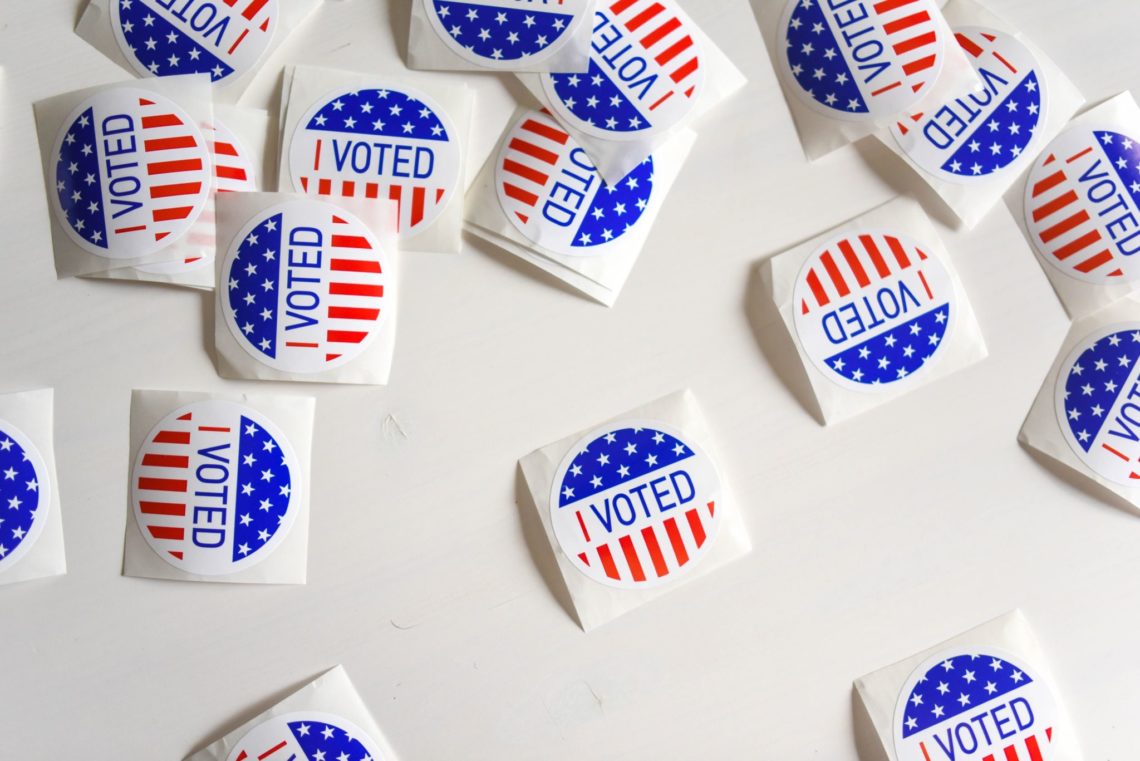
Prop 17: Should California allow parolees to vote?
Melissa Perez Winder ('22) reports on Proposition 17 which would amend the California Constitution to allow parolees the right to vote.

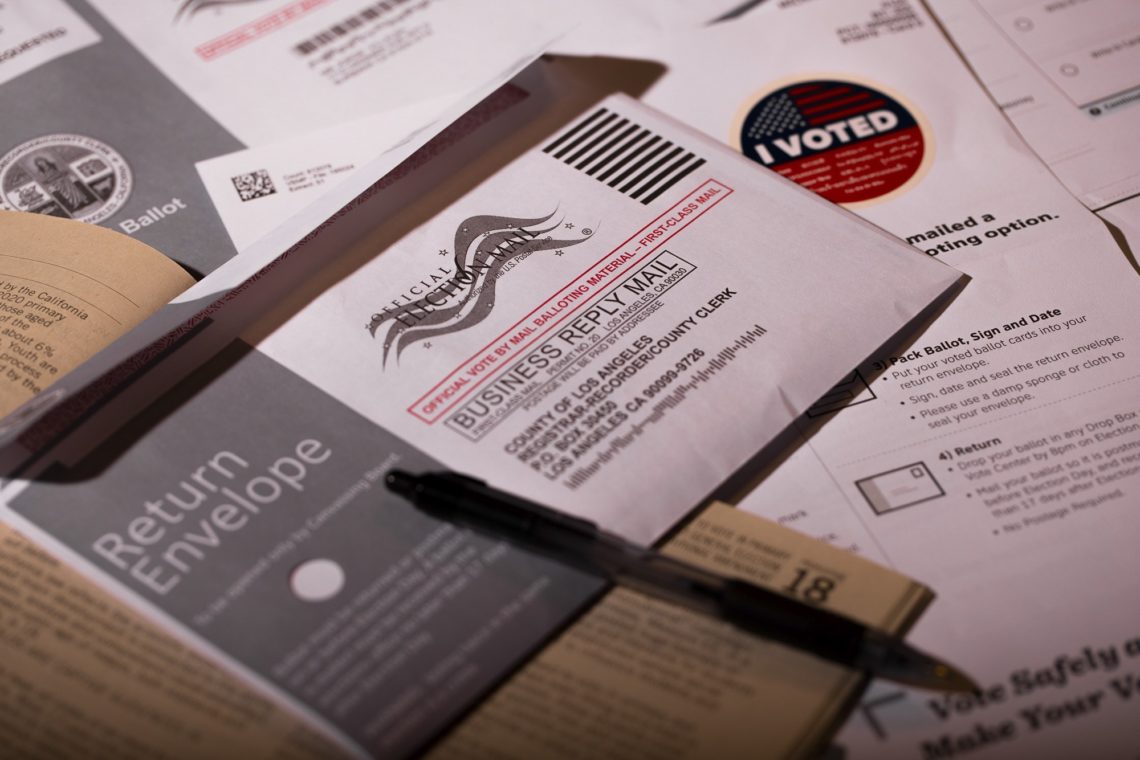
The last of the early voters
Zachary Fletcher and Ley Heimgartner ('22) report on people in San Diego and Los Angeles counties opting to vote in person.

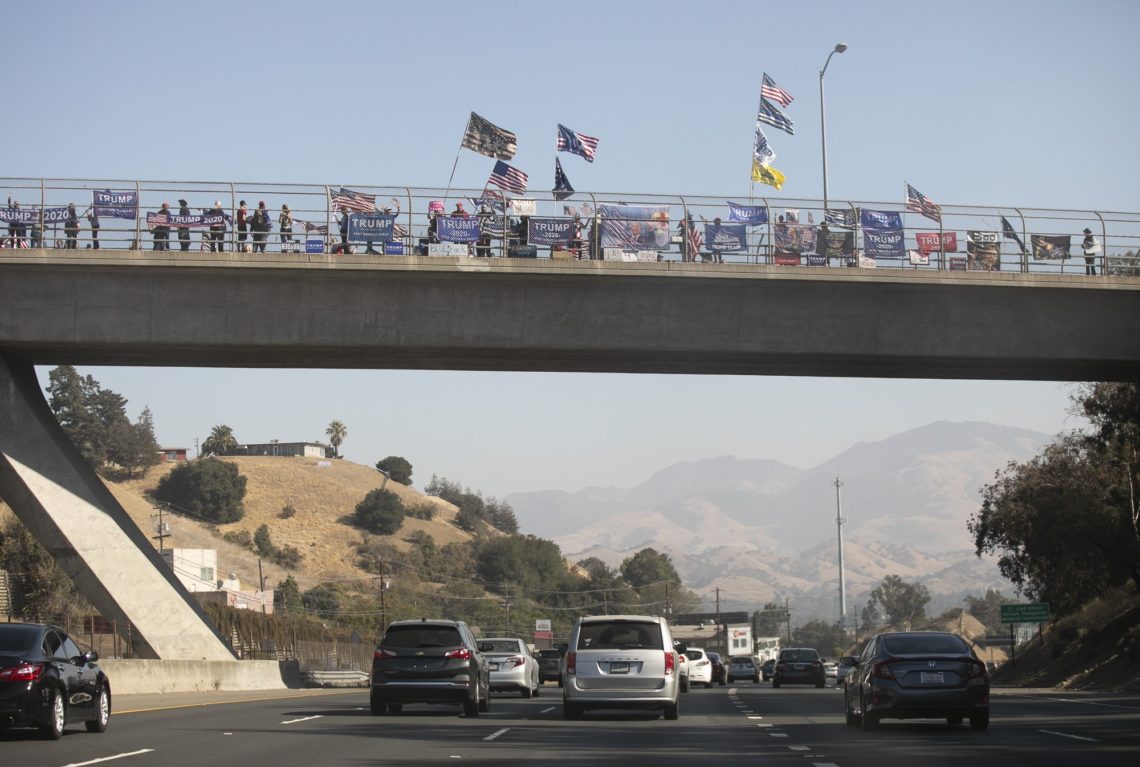
Pro-Trump caravans draw crowds and concerns
Freddy Brewster and Katie Licari ('22) report on communities that felt threatened by Trump caravans.

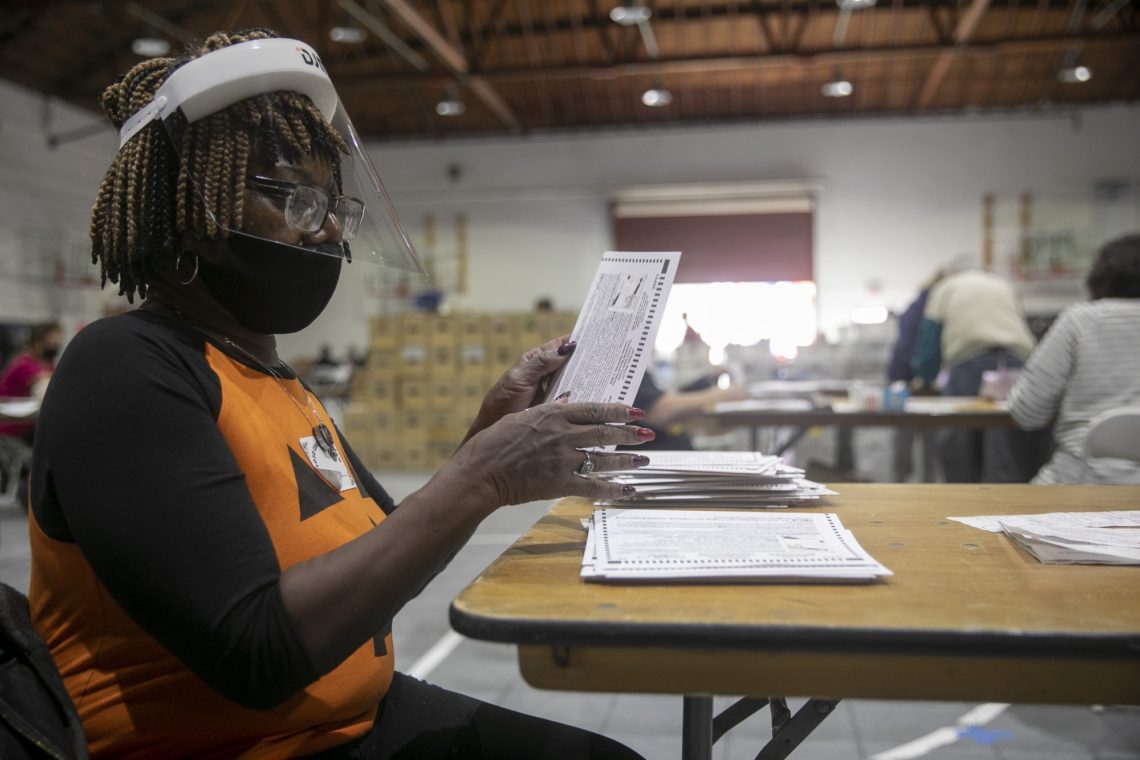
Here’s what record early returns mean for speed of California’s vote tally
Aaron Leathley ('21) reports county election departments say they’ll have their first results by 8:30 p.m. or earlier, depending on the county.


In Norman Rockwell country, everyone votes by mail
Robin Estrin ('21) reports on three rural, sparsely populated counties—Plumas, Alpine and Sierra—that conduct their elections entirely by mail.

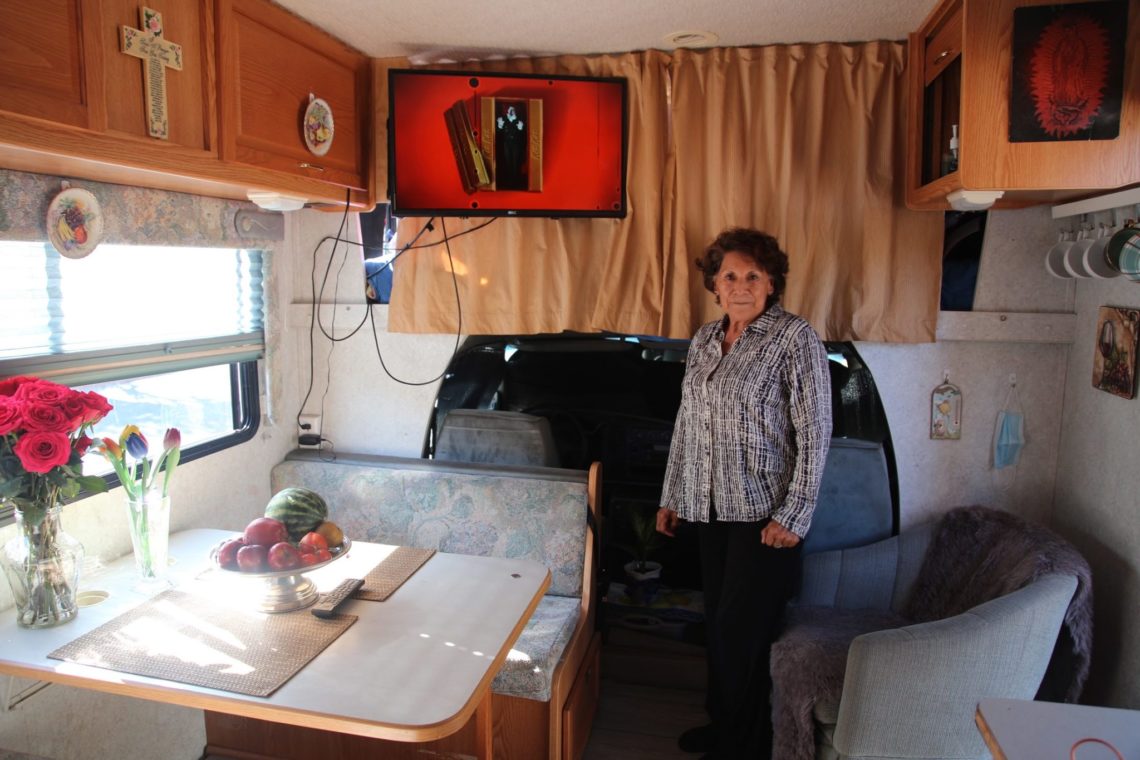
South Bay residents to decide the future of neighbors who live in RVs
Lesley Torres and Sabrina Kharrazi ('22) report on Ballot Measure C.

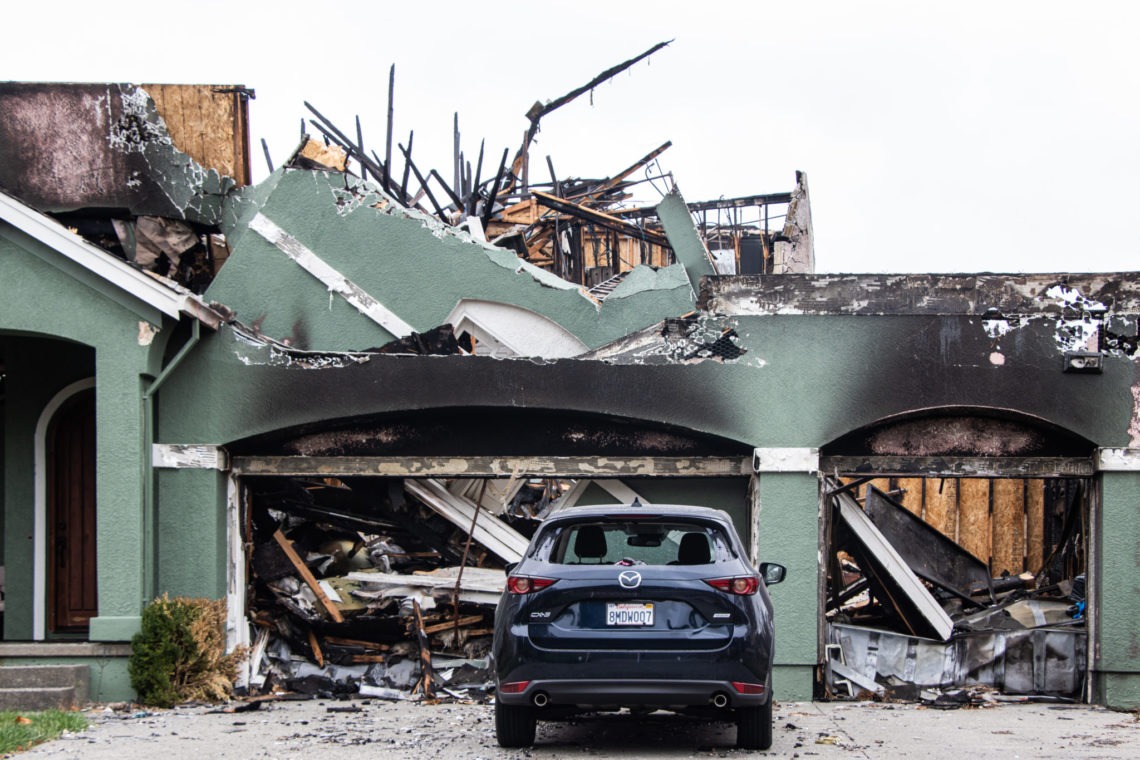
For Bay Area residents, fire is on the ballot
Sarah Bohannon and Sasha Hupka ('22) report on Measure R, a ballot initiative that proposes a sales tax hike to pay for road maintenance and wildfire prevention.


Counting votes: “We’d rather get it right than get it fast”
Dylan Svoboda ('22) reports elections officials across California don’t expect the full picture to emerge until well after November 3.


Pandemic slows legal voting from California jails
Isabella Fertel ('22) reports tens of thousands of people incarcerated in county jails are eligible to vote under California law, but many will not cast ballots this election.

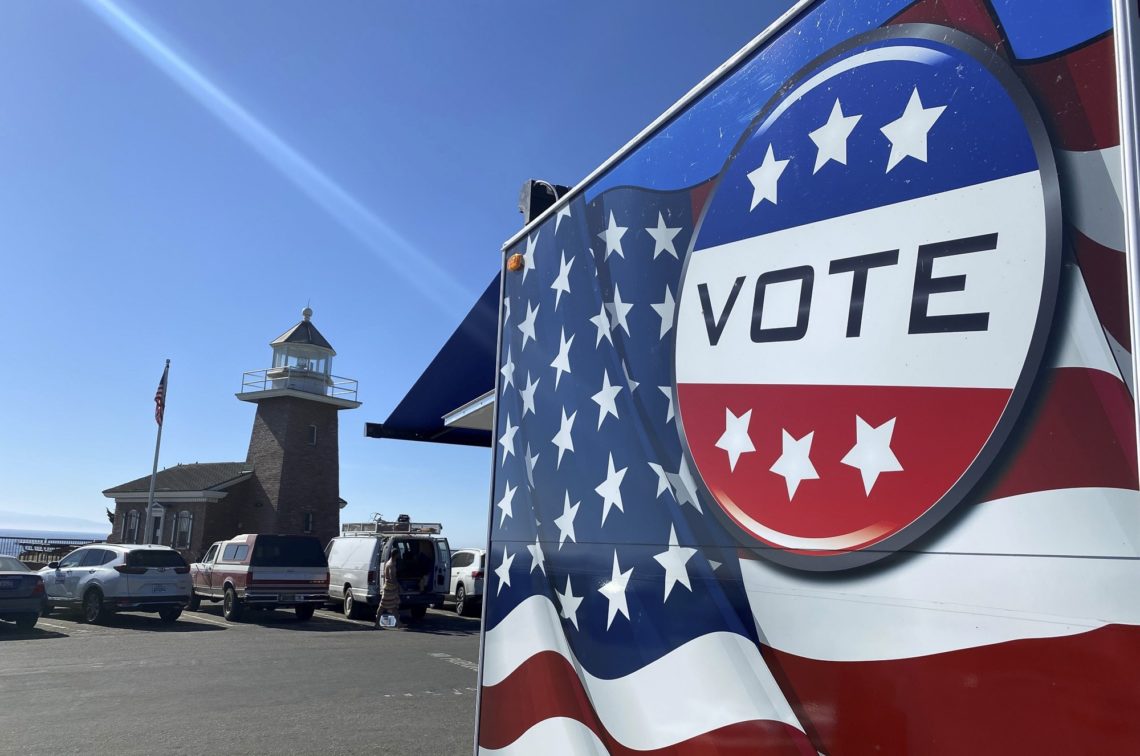
Voters flood election offices with last-minute questions
Freddy Brewster ('22) reports on common questions fielded by the Ventura County registrar’s office, where the phone has been ringing nonstop.

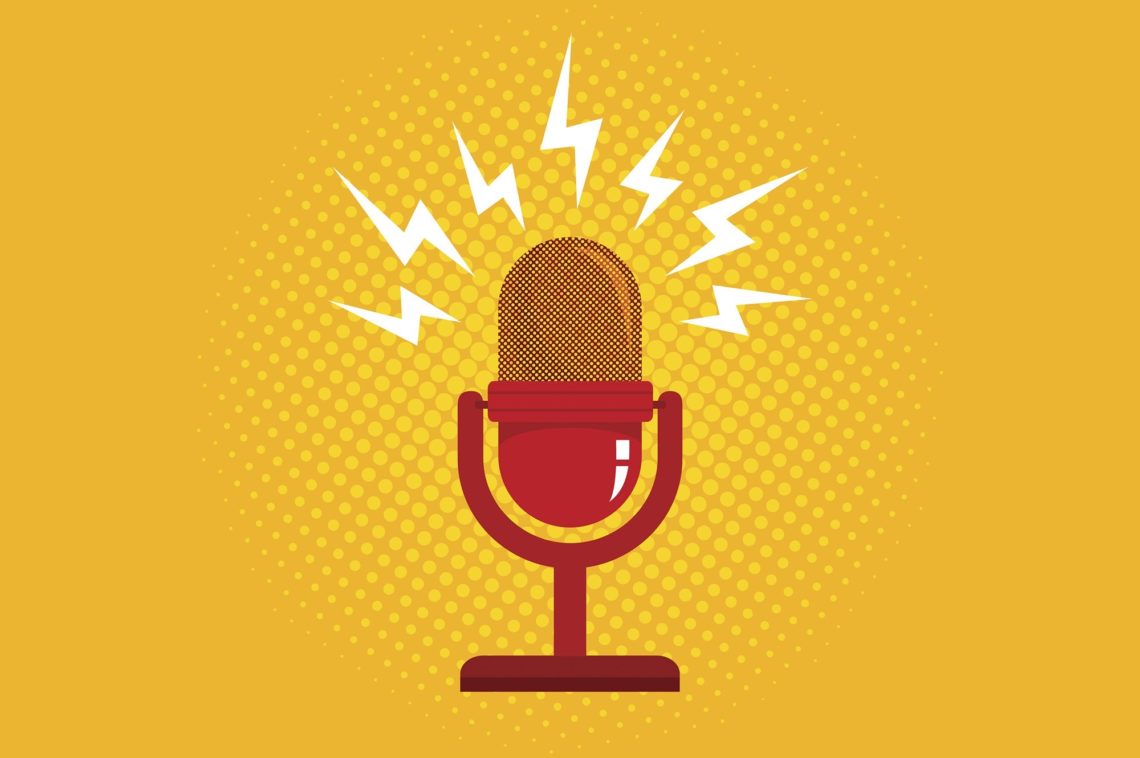
For Native Americans, voter outreach is by both wi-fi and radio
Freddy Brewster ('22) covers efforts by county officials and Native voting groups to get out the vote.

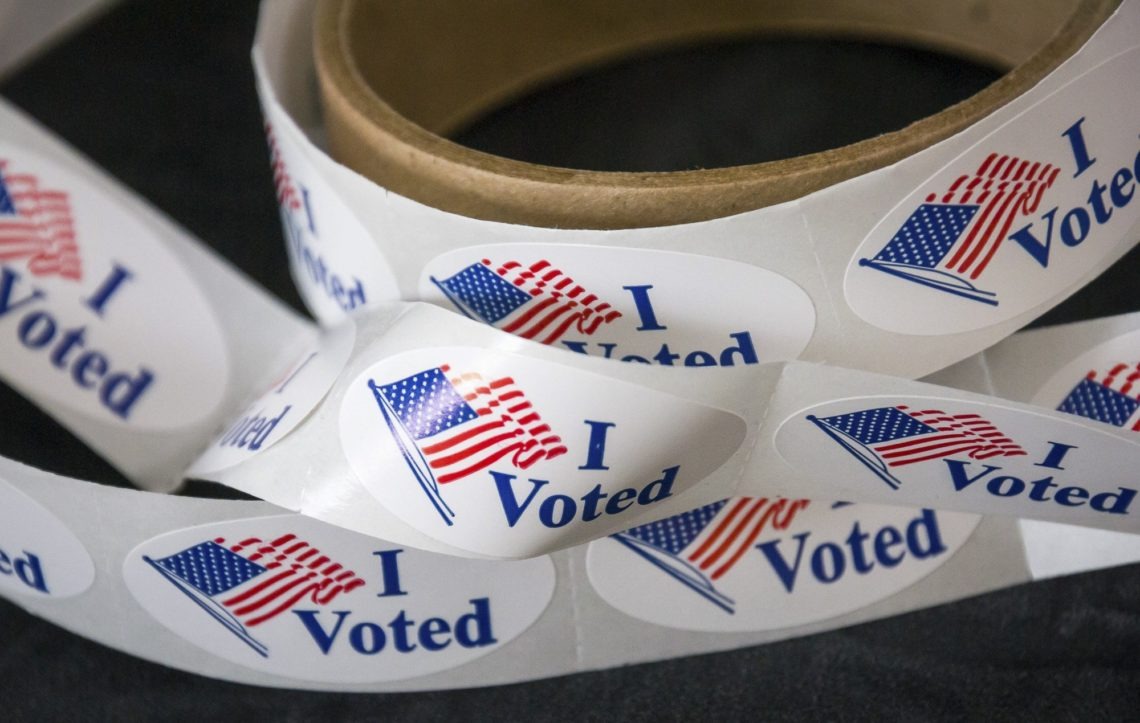
How a small county got the money to buy “I voted” stickers and other election supplies
Robin Estrin ('21) reports how the CARES Act is helping California elections officials foot the bill for election costs.

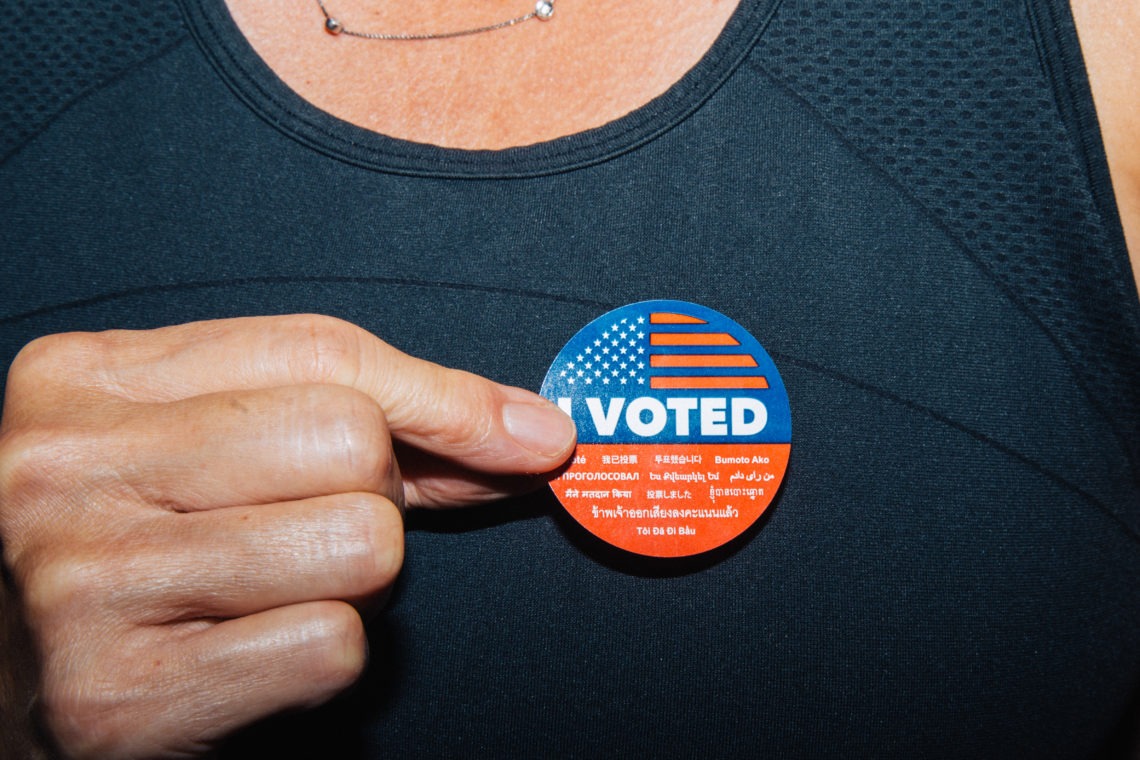
Living room campaigners adapt to a pandemic election
Sofie Kodner and Noah Baustin ('22) report since on-the-ground campaign efforts have been made unsafe by the pandemic, volunteers from both parties have become even more dependent on the phone.

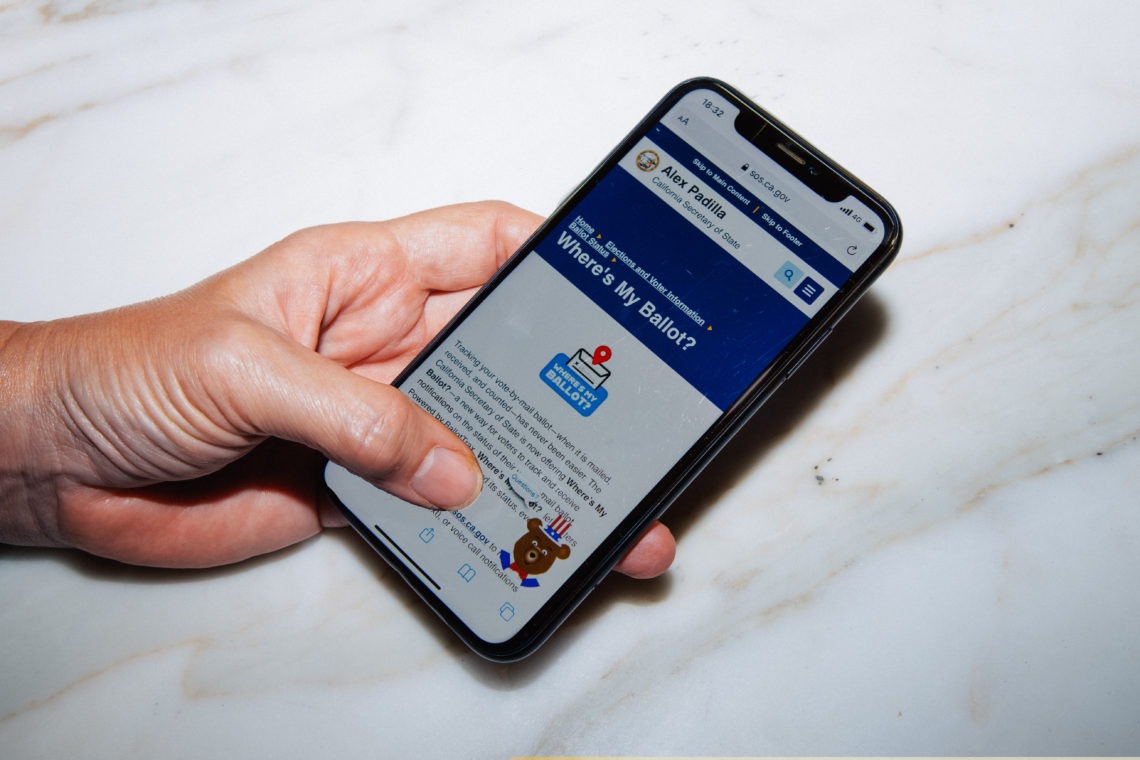
Are you there, voter? It’s me, Emily
Steven Rascón ('22) explains text banking and why Californians have been bombarded with texts despite the Telephone Consumer Protection Act.

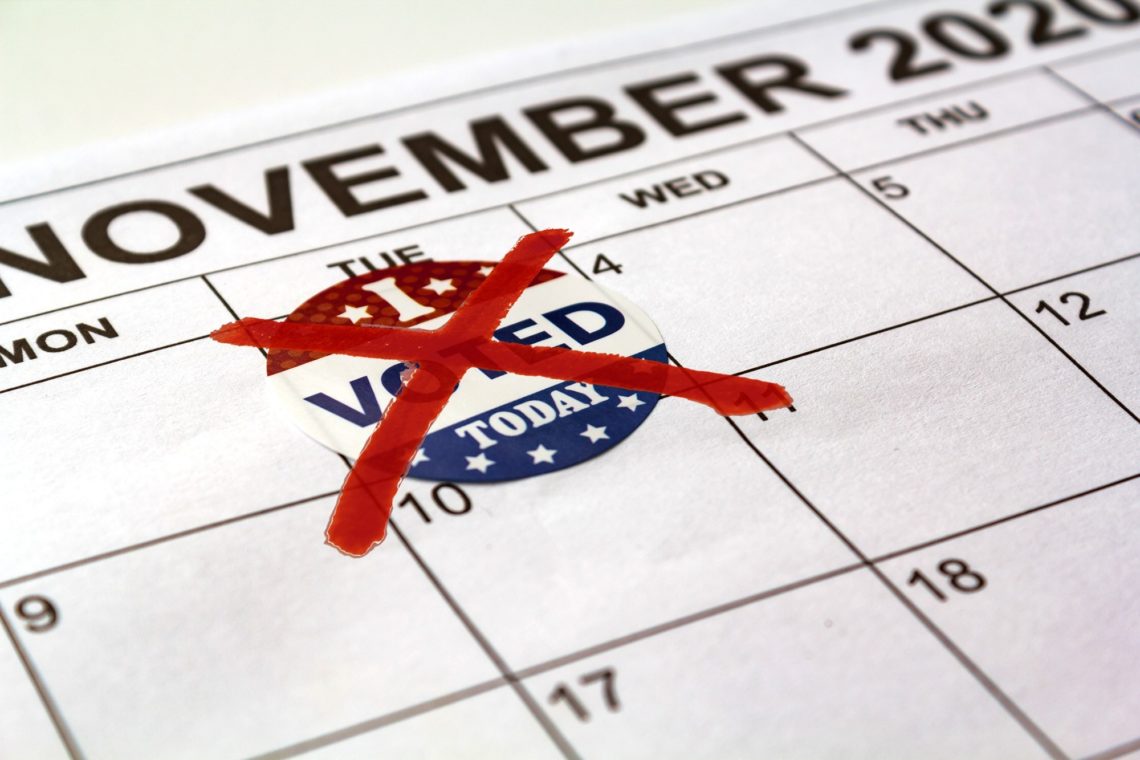
Citizen, interrupted
Sofie Kodner ('22) reports that due to COVID delays, thousands of immigrants who could have been approved and naturalized in time to vote can't.

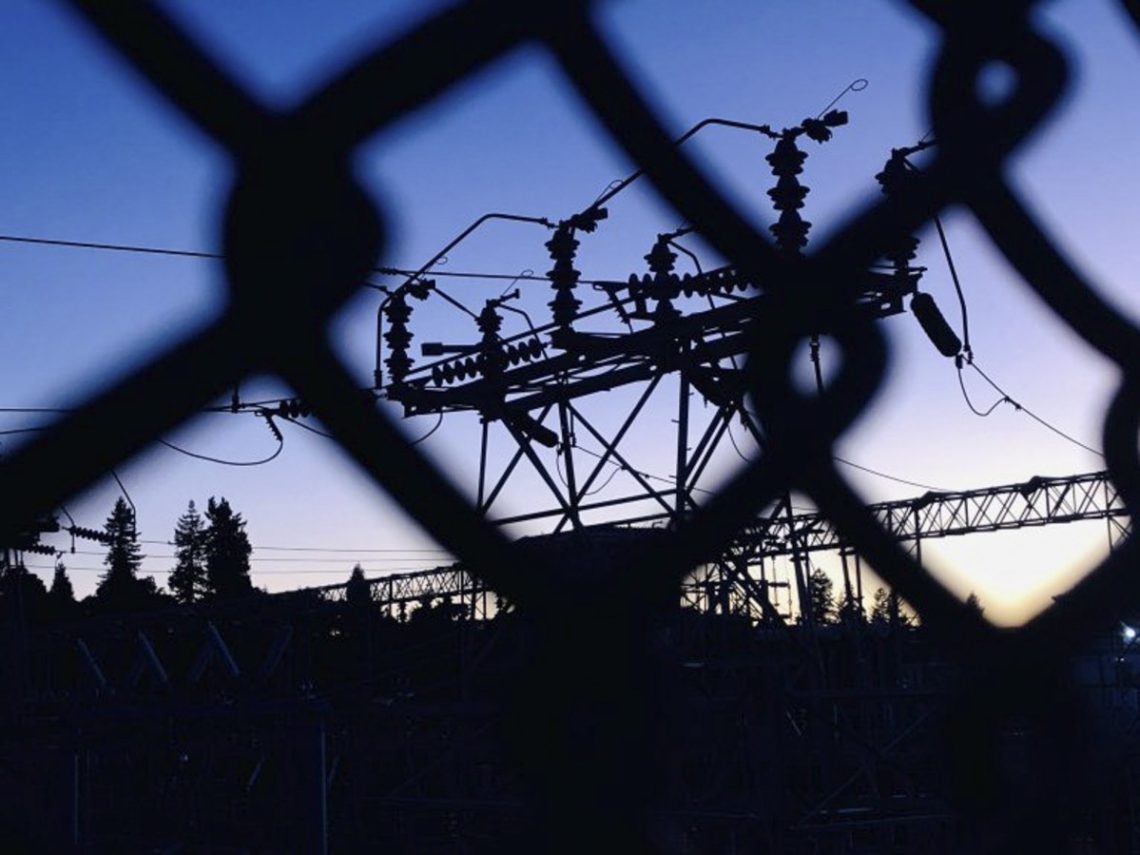
When power is transferred—literally—in an election
Aaron Leathley ('21) reports how counties plan to ensure a continuous supply of power to election headquarters where ballots are processed and counted.

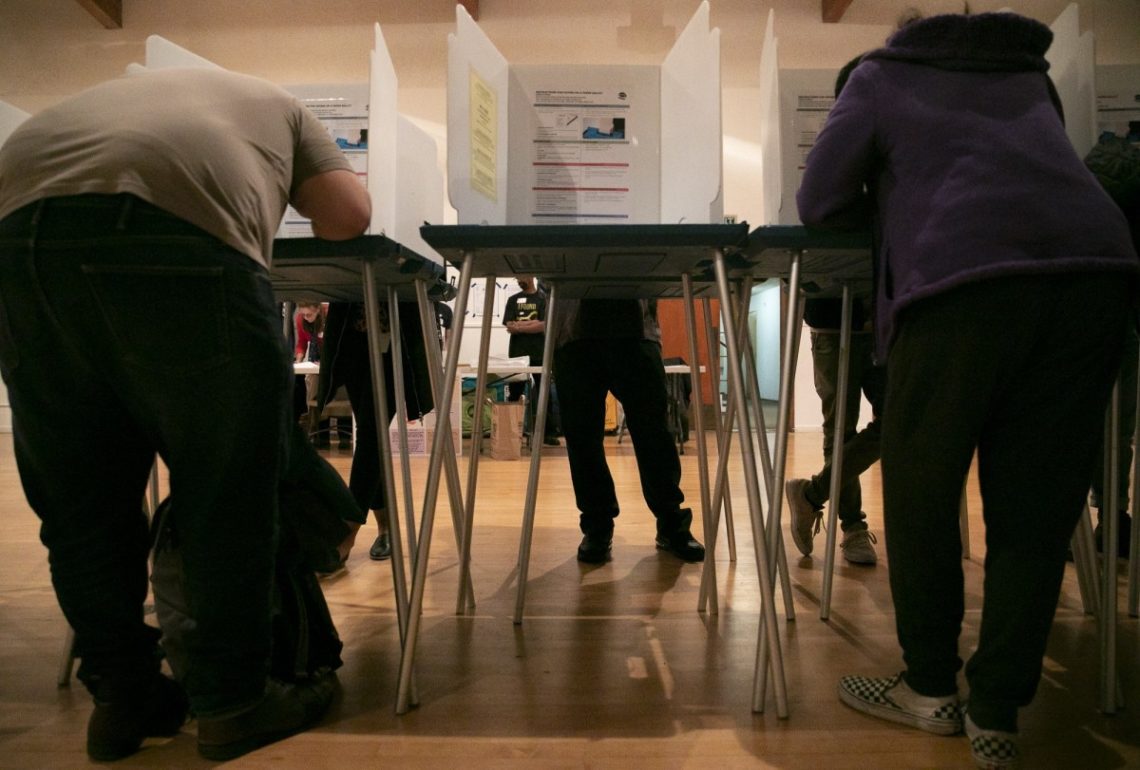
Pens, PPE, Police: Preparing for In-Person Voting
Aaron Leathley ('21) and Zachary Fletcher ('22) report across California, officials have been training workers at polling places and vote centers in new protocols.


No ticket needed: Stadiums welcome voters for November election
Zachary Fletcher ('22) reports health departments have barred fans from games, but counties and teams across California are allowing access to stadiums again to vote.

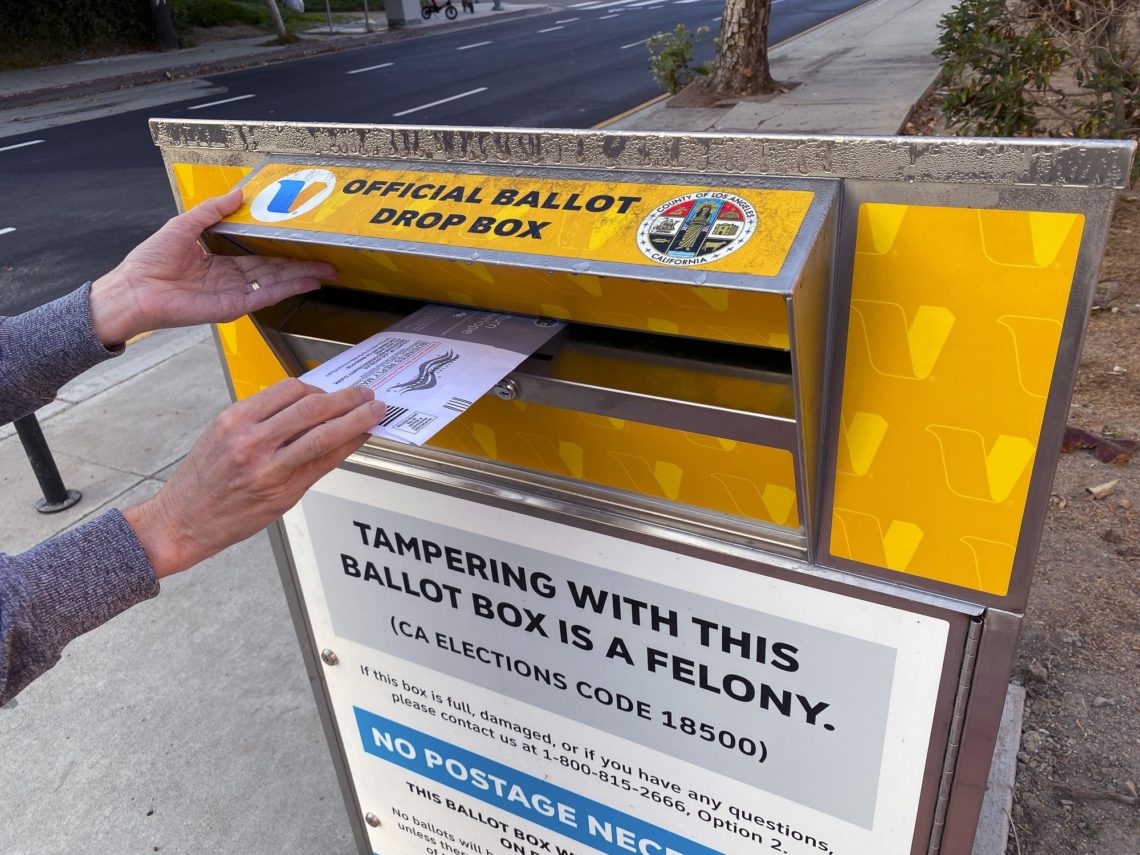
Do you know where your ballot is?
Elena Neale-Sacks ('22) reports how for the first time, Californians can track their mail-in ballots through BallotTrax.

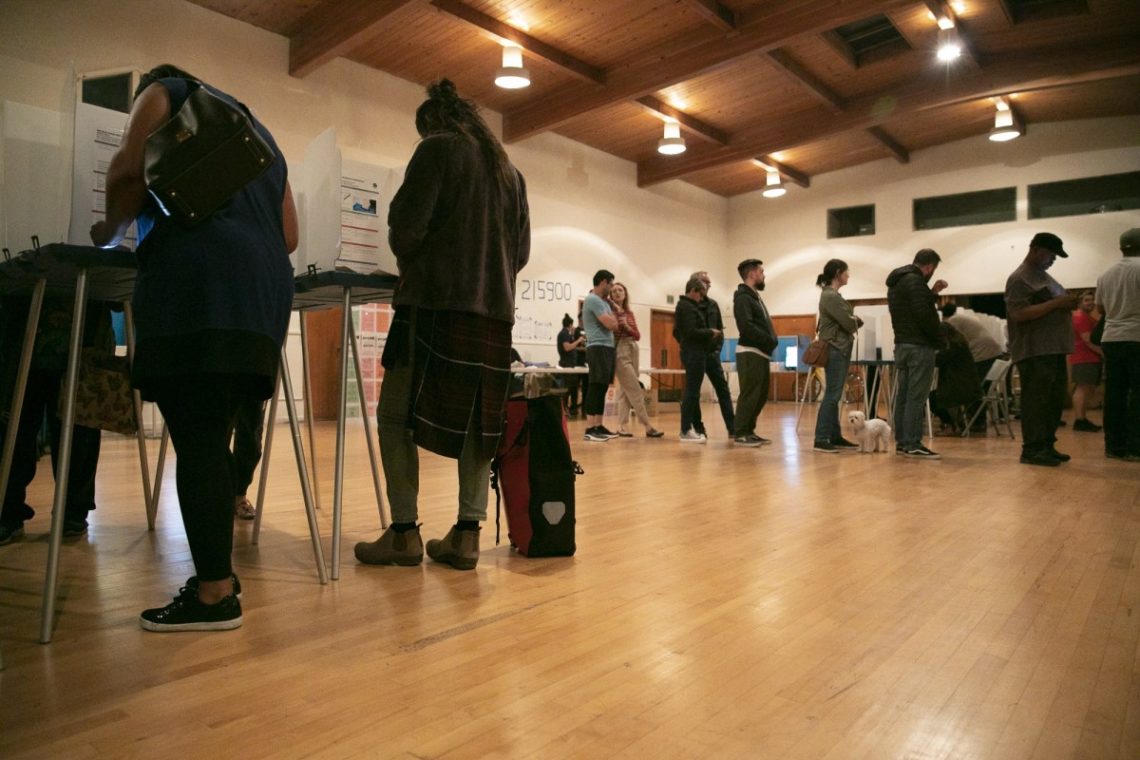
Before the pandemic, California’s polling places were already disappearing
Katie Licari ('22) reports voters in 15 counties can now vote in person at any vote center in their county, not just the polling place assigned to them, following the Voter’s Choice Act of 2016.


How Do Fire Victims Vote-By-Mail? Registrars Are Helping
Isabella Bloom ('22) reports that because of the pandemic, all registered voters in the state have been sent mail-in ballots. But what about people who have lost their homes to wildfires?


How to vote in a pandemic when you’ve lost your home in a wildfire
Isabella Bloom (’22) and Marco Torrez (’21) report that for thousands who have lost their homes to wildfires this year, mail-in voting poses a unique set of challenges.


Early voter turnout smashing California election records
Dylan Svoboda ('22) reports more than 4.5 million Californians have already cast ballots in the 2020 general election — and there’re still 12 days to go.

